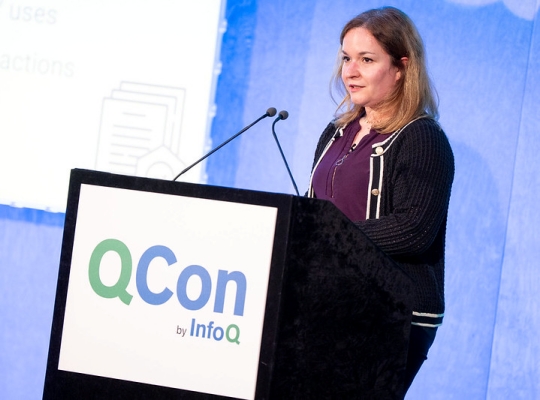Codetown
Codetown ::: a software developer's community
What is vibe coding?
Vibe coding isn’t a formal technical term, but it’s become a slang or colloquial expression among programmers and tech communities—especially on social media and in creative coding circles.
What “vibe coding” usually means:
- Coding based on intuition or feel
Instead of rigidly planning everything out, you’re:- Freestyling as you code
- Trusting your gut
- Letting ideas evolve naturally
- Following the “vibe” of what feels right in the moment
- Flow state or artistic mindset
It’s often associated with being in a flow, where:- You’re fully immersed in the process
- You’re experimenting and playing with ideas
- You might not be solving a defined problem—just exploring
- Aesthetic-driven coding
Especially in creative coding (e.g. making generative art, animations, visuals with tools like p5.js, Processing, or shaders), vibe coding can mean:- Writing code to produce visually interesting or aesthetically pleasing results
- Not optimizing or following best practices strictly
- Prioritizing vibes over efficiency
- Non-serious, low-stakes projects
It often happens during:- Hackathons
- Side projects
- Late-night tinkering
- “Coding for fun” rather than for work
Example in practice:
“I didn’t plan this out—I just started vibe coding and ended up with this weird little game that turns your keyboard into a synth.”
So, vibe coding is more about the mindset and approach to coding than any particular language or framework. It’s spontaneous, creative, and informal.
credit: ChatGPT
Notes
Welcome to Codetown!
 Codetown is a social network. It's got blogs, forums, groups, personal pages and more! You might think of Codetown as a funky camper van with lots of compartments for your stuff and a great multimedia system, too! Best of all, Codetown has room for all of your friends.
Codetown is a social network. It's got blogs, forums, groups, personal pages and more! You might think of Codetown as a funky camper van with lots of compartments for your stuff and a great multimedia system, too! Best of all, Codetown has room for all of your friends.
Created by Michael Levin Dec 18, 2008 at 6:56pm. Last updated by Michael Levin May 4, 2018.
Looking for Jobs or Staff?
Check out the Codetown Jobs group.
InfoQ Reading List
Presentation: Securing AI Assistants: Strategies and Practices for Protecting Data

Andra Lezza explains the criticality of data security for AI copilots, detailing the OWASP AI Exchange threat model and the OWASP Top 10 LLM risks. She reviews two copilot architectures - independent (single domain) and integrated (multi-tenant) - listing specific threats, controls, and best practices like granular authorization, templates, and DevSecOps to secure the entire AI data supply chain.
By Andra LezzaPodcast: Platform Engineering for AI: Scaling Agents and MCP at LinkedIn

QCon AI New York Chair Wes Reisz talks with LinkedIn’s Karthik Ramgopal and Prince Valluri about enabling AI agents at enterprise scale. They discuss how platform teams orchestrate secure, multi-agentic systems, the role of MCP, the use of foreground and background agents, improving developer experience, and reducing toil.
By Karthik Ramgopal, Prince ValluriDurable Functions and Werner Vogels’ Last Keynote: Highlights of AWS re:Invent 2025

The 2025 edition of re:Invent recently took place in Las Vegas. As anticipated, AI was a significant focus of the keynotes, but the community was more intrigued by announcements in the serverless space, including Lambda Managed Instances and Lambda Durable Functions. The conference marked the final keynote for Amazon CTO Werner Vogels after 14 years.
By Renato LosioPatch Urgently - Critical Vulnerability CVE-2025-55182 in React Server Functions Actively Exploited

An unauthenticated remote code execution (RCE) vulnerability in React Server Components (RSC) was recently reported with the highest severity (10.0). Amazon threat intelligence teams report active exploitation attempts by multiple China state-nexus threat groups. The critical vulnerability affects React versions 19.0.0 through 19.2.0 and Next.js versions 15.x and 16.x when using App Router.
By Bruno CouriolAgentic Postgres: Postgres for Agentic Apps with Fast Forking and AI-Ready Features

Tiger Data, the company behind TimescaleDB, has launched Agentic Postgres, a Postgres-based database designed for both AI agents and developers. It extends Postgres with fast forking, an MCP server, native BM25 and vector search, and includes a CLI for terminal access.
By Sergio De Simone
© 2025 Created by Michael Levin.
Powered by
![]()
You need to be a member of Codetown to add comments!
Join Codetown